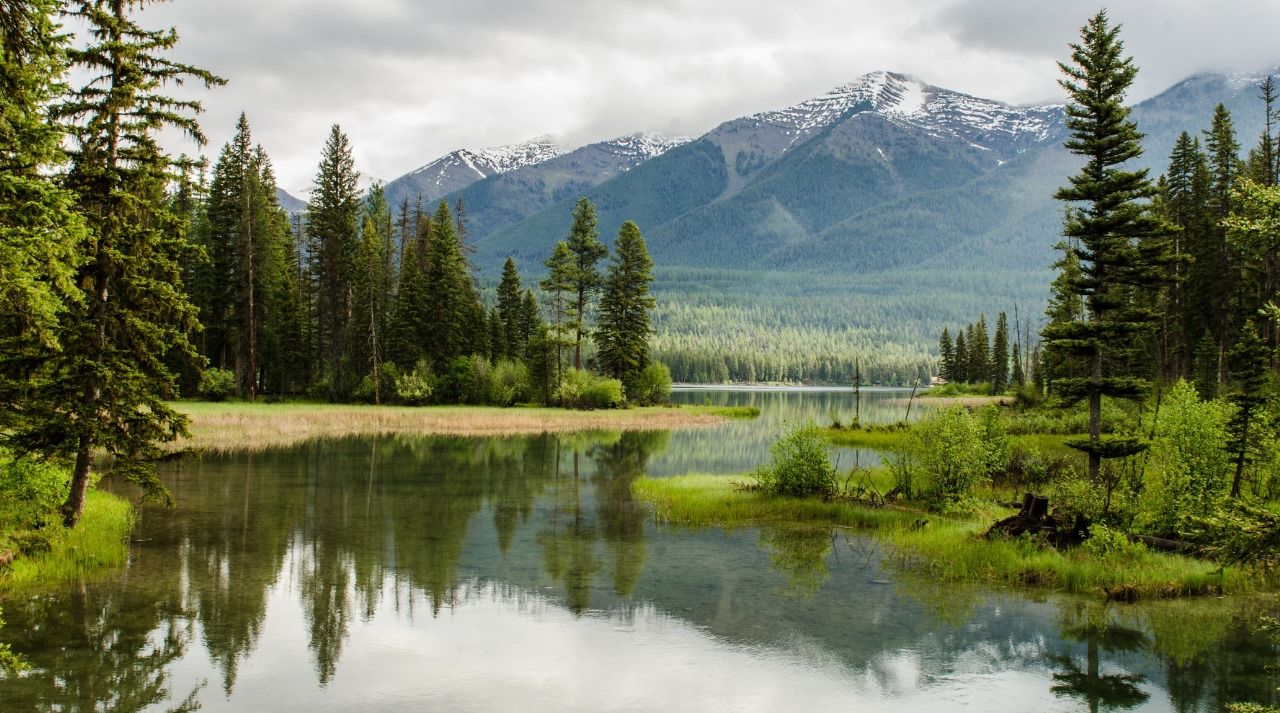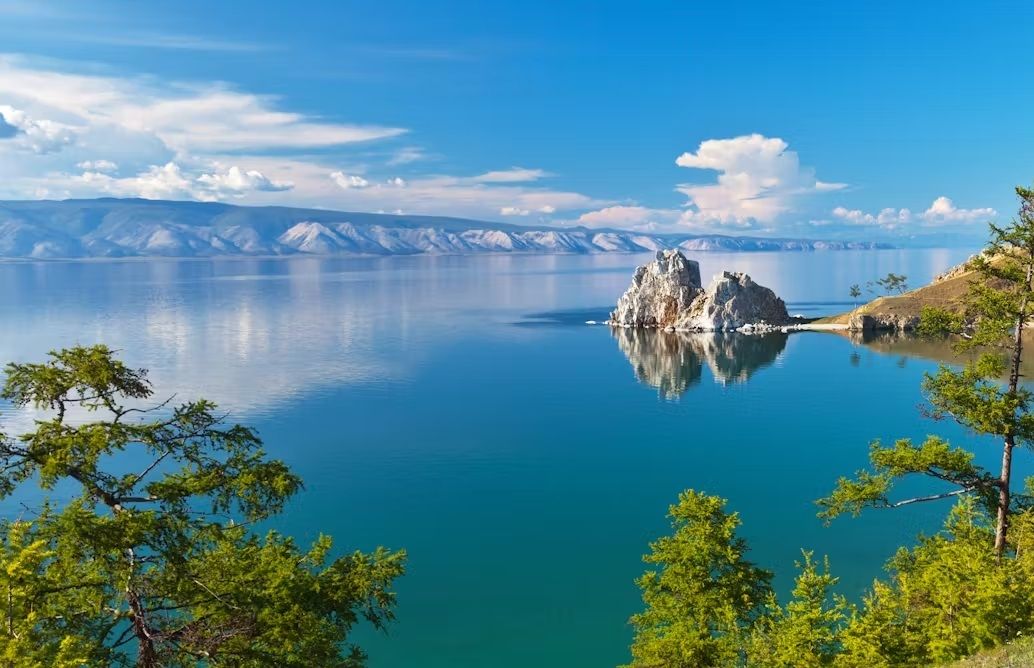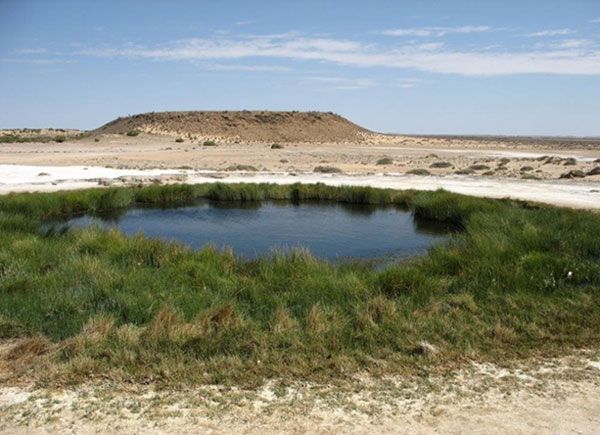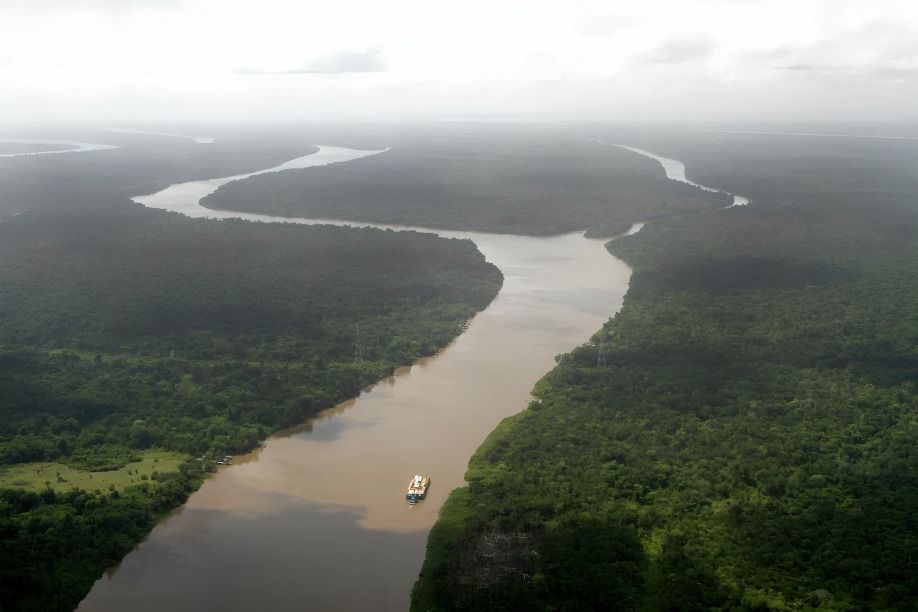
“
Surface water is essential for ecosystems, human activities, and maintaining natural processes. Here are 20 common sources of surface water vital to the environment and human life: rivers, lakes, ponds, streams, reservoirs, glaciers, wetlands, estuaries, swamps, oceans, seas, creeks, canals, springs, and lagoons. These diverse sources provide habitats for wildlife, water for irrigation and drinking, support for recreation and transportation, and play crucial roles in weather patterns and nutrient cycles. Protecting and managing these water sources is vital for sustaining life and ecological balance.1
1
”
Surface water refers to water that collects on the ground or in bodies of water, such as rivers, lakes, and reservoirs. It plays a crucial role in the Earth's hydrological cycle and supports ecosystems. 1
Approximately 70% of the Earth's surface is covered by water, but only about 2.5% of that is freshwater. The majority of this freshwater exists in glaciers and ice caps, while surface water constitutes a smaller portion. 2
Rivers are major conduits of surface water, transporting runoff from higher elevations to lower regions and eventually to oceans or inland seas. They play a crucial role in the water cycle, providing vital habitats for numerous species. 3
Surface water temperatures can vary significantly depending on the season, location, and depth. These temperature variations influence aquatic ecosystems, affecting the distribution and behavior of fish and other organisms. 4

The largest freshwater lake in the world by volume is Lake Baikal in Siberia, Russia. It holds approximately 20% of the world’s unfrozen freshwater, making it a significant resource for biodiversity and climate regulation.
Lakes are large, natural bodies of standing water formed by geological processes like tectonic activity, glacial movements, or volcanic activity. They serve as essential storage for freshwater, supporting biodiversity and human needs. 5
Ponds are smaller than lakes and can be natural or man-made. They play crucial roles in local ecosystems, offering habitats for various species and serving as water sources for agriculture and recreation. 6
Surface water is more susceptible to evaporation than groundwater, especially in hot and arid climates. This evaporation process can significantly impact water availability for ecosystems and human use. 7
Streams are small, fast-flowing watercourses that collect and transport runoff from hillsides and valleys. They are vital for maintaining the flow of rivers and supporting aquatic life. 8

The Great Artesian Basin, the world's largest aquifer, spans one-fifth of Australia, covering 1.7 million km2. Formed 100-250 million years ago, it holds approximately 64,900 million liters of water.
Wetlands are areas where water saturates the soil, including marshes, swamps, and bogs. They are essential for water filtration, flood control, and providing habitats for a wide range of species. 9
Reservoirs are man-made lakes created by damming rivers or constructing storage basins to manage water flow. They support hydroelectric power generation, provide water for irrigation, and offer recreational activities. 10
Springs are locations where groundwater naturally emerges at the Earth's surface, replenishing rivers, lakes, and streams. They are vital for maintaining water flow and supporting ecosystems. 11
Urban drainage systems are man-made networks in urban areas that channel rainwater and runoff away from built-up areas. These systems manage flood risks and direct water to treatment facilities. 12

The Amazon River, the longest river in the world, is a vital source of surface water. It flows over 4,000 miles and discharges more water than the next seven largest rivers combined, making it a crucial component of the global water cycle.
Surface water is essential for agriculture, as it provides irrigation for crops. It accounts for about 70% of global freshwater withdrawals, highlighting its significance in food production and security. 13
Lakes and ponds are critical habitats for numerous species of plants and animals. They provide breeding grounds, food sources, and refuge, showcasing the importance of surface water ecosystems in maintaining biodiversity. 14
The Great Lakes in North America are the largest group of freshwater lakes in the world by total area. They contain about 20% of the world’s surface freshwater, providing drinking water for millions and supporting various industries. 15
Surface water can be affected by pollution from agricultural runoff, industrial discharges, and urban development. This contamination poses risks to ecosystems, public health, and the availability of clean drinking water.16
The world's largest tropical wetland is the Pantanal in Brazil, covering an area of approximately 150,000 square kilometers (58,000 square miles). It is home to a diverse range of wildlife and is recognized for its ecological significance. 17


